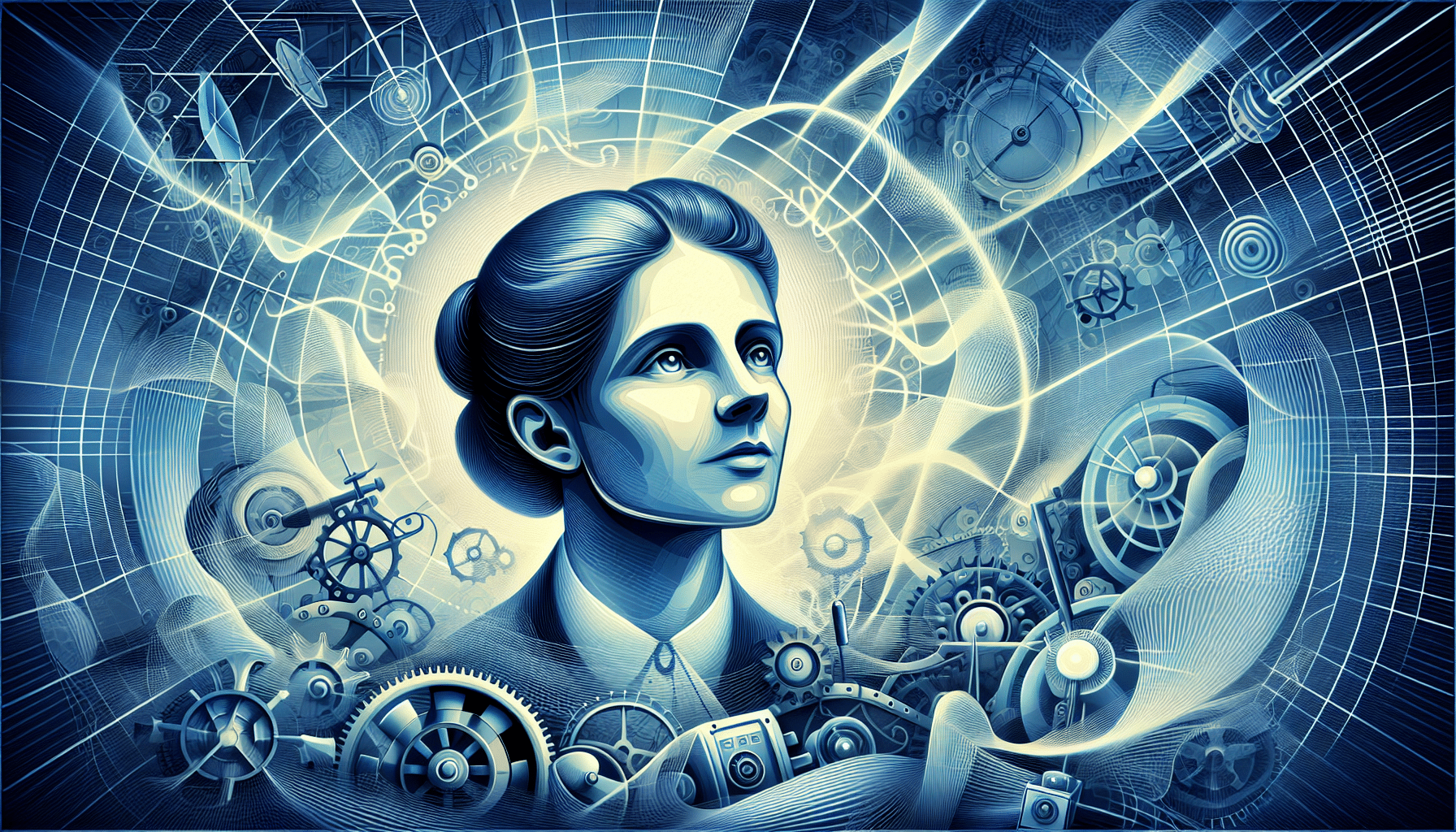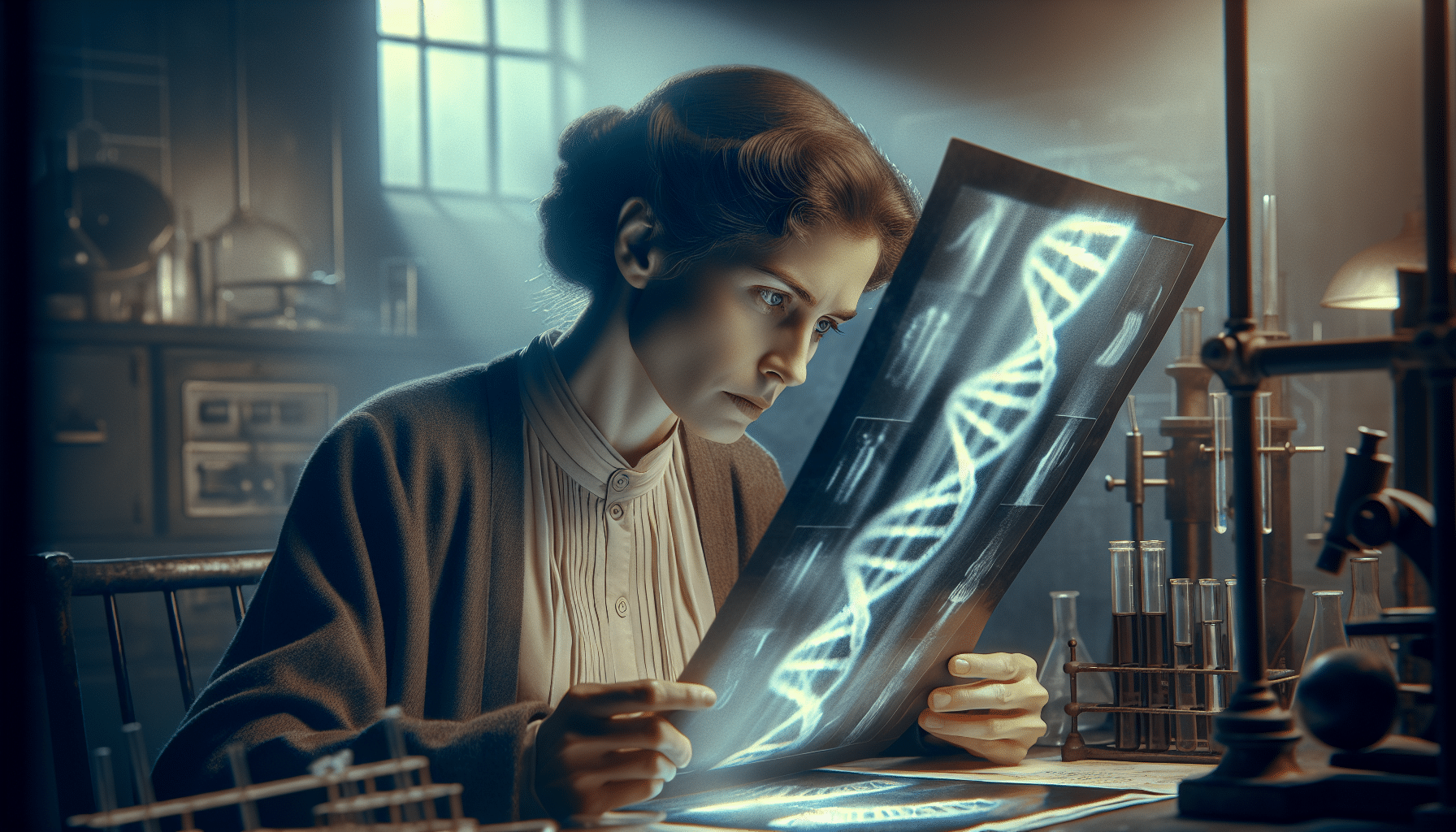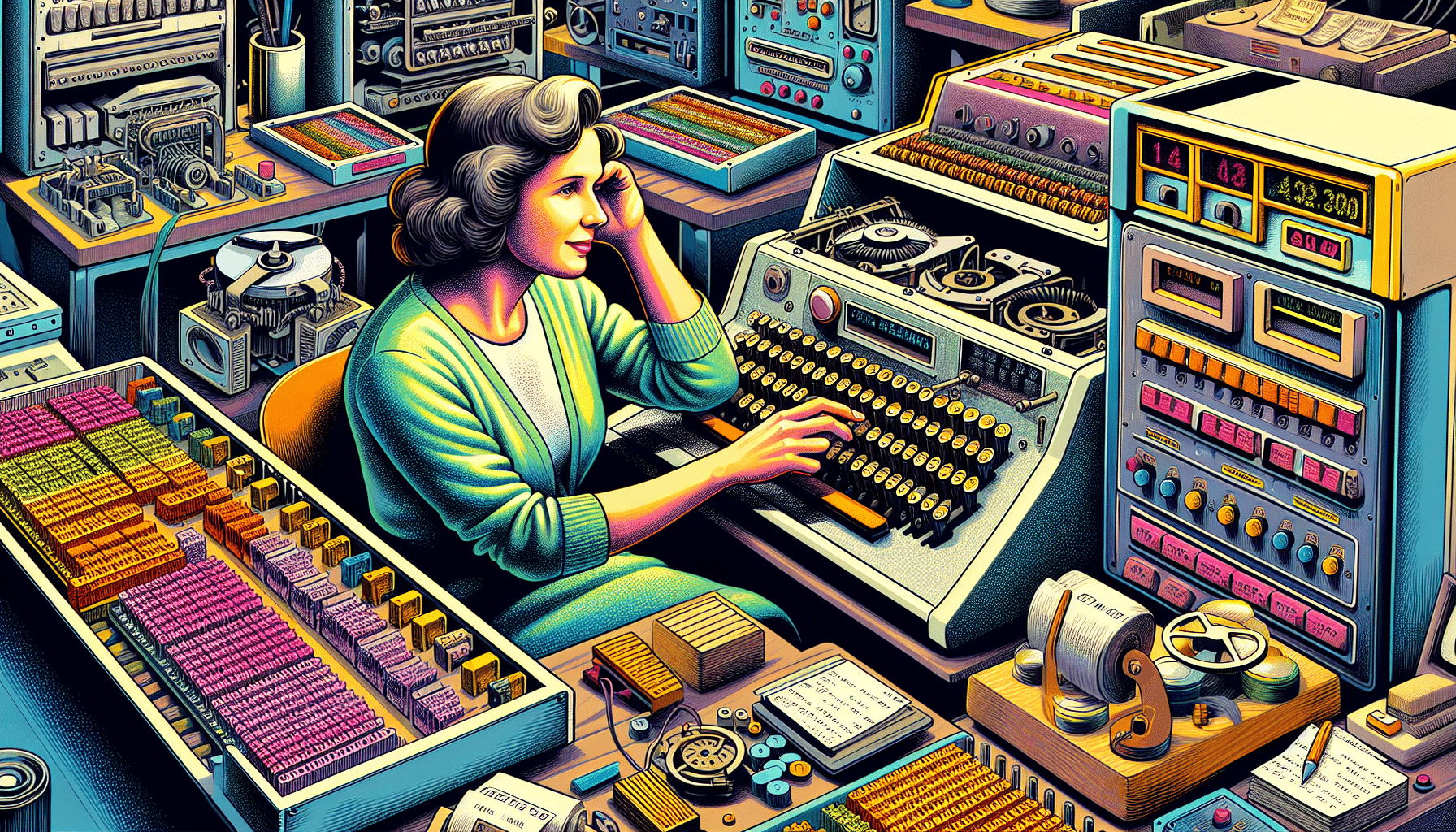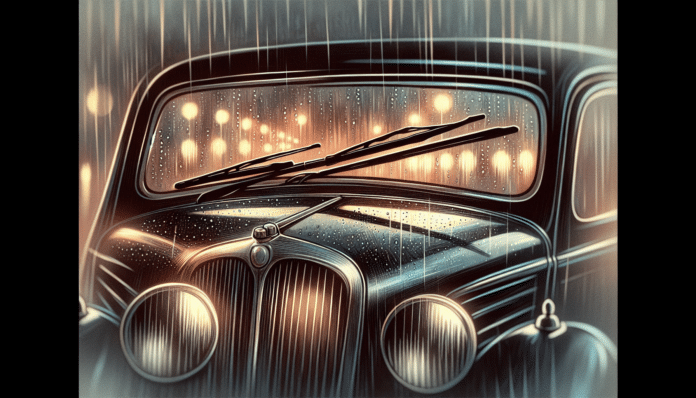This article sheds light on the hidden pioneers of innovation, those forgotten inventors who are the unsung heroes behind groundbreaking work that has significantly shaped our everyday lives. While Thomas Edison and Nikola Tesla receive historical acclaim, we aim to uncover and celebrate the remarkable achievements of other crucial innovators whose contributions, from lifesaving medical devices to daily conveniences, have gone largely unrecognized in history.
Key Takeaways
- Recognizing forgotten inventors is essential for acknowledging their significant contributions to modern technology and human progress, and it serves as an act of historical justice.
- Many innovators, such as Mary Anderson (windshield wiper), Philo Farnsworth (electronic television), and Hedy Lamarr (wireless communication), made groundbreaking contributions yet remain largely overlooked.
- Overlooked pioneers in science and technology, including Rosalind Franklin (DNA structure) and Josephine Cochrane (mechanical dishwasher), have paved the way for future advancements but often did not receive the recognition they deserved during their lifetimes.
The Importance of Recognizing Forgotten Inventors
Not only does recognizing forgotten inventors serve as an act of historical justice, it also underscores their significant contributions to modern technology and human progress. These inventors and innovators have gifted us with remarkable inventions that have shaped our world in profound ways. Shedding light on their stories guarantees full recognition and celebration of their pioneering work.
Acknowledging these remarkable achievements prevents the stories of these unsung heroes from being forgotten. It inspires future innovators by showing that ingenuity can come from any background, gender, or race. Knowing the lost histories of these undervalued historical figures enriches our understanding of scientific progress and broadens our appreciation for the diverse minds that have driven human advancement.
Uncovering the tales of these forgotten innovators adds depth to our collective history with a wealth of fascinating and inspiring anecdotes. From African American inventors who broke barriers to women scientists who made groundbreaking discoveries, these untold stories deserve a place in our national inventors hall of fame. Celebrating their contributions fosters a culture that values all inventors and encourages everyone to pursue their inventive potential.
Unsung Heroes of Innovation
History often remembers figures like Thomas Edison and Nikola Tesla, but many innovators have made life-changing inventions yet remain largely overlooked. These extraordinary individuals include James E. West, who co-invented the electret microphone, and Lillian Gilbreth, an expert in efficiency and the first female engineering professor at Purdue. Their significant contributions to modern technology and human progress deserve recognition.
The narratives of a few of these forgotten innovators, their exceptional inventions and their world-changing impact will be brought to the forefront. From Lewis Latimer’s carbon filament for light bulbs to Sarah Boone’s improved ironing board, these hidden gems have helped shape the modern era. It’s time to embark on the inspiring journeys of these unsung pioneers.
Mary Anderson: Windshield Wiper Pioneer

Mary Anderson is an example of a forgotten inventor whose groundbreaking invention revolutionized automotive safety. She noticed the difficulty that trolley drivers faced clearing snow from their windshields and was inspired to create a solution. Her pioneering work resulted in the design of a rubber blade operated by a lever inside the vehicle, which we now recognize as the windshield wiper.
Anderson’s innovative creation did not immediately capture manufacturers’ interest—she encountered particular resistance from those involved with railroad cars—and her patent lapsed before her invention gained widespread use. It took until 1922 for Mary Anderson’s foresight to be acknowledged when Cadillac decided to equip all its vehicles with windshield wipers, cementing her contribution as essential to driving safety but leaving Anderson largely unrecognized at that time.
Philo Farnsworth: Father of Electronic Television

Philo Farnsworth, another overlooked pioneer, revolutionized broadcasting technology with his invention of electronic television. At just 14 years old, Farnsworth shared his idea with his high school science teacher, laying the groundwork for a groundbreaking invention. He developed the first all-electronic television system, transforming how we consume media.
Despite his significant contributions, Farnsworth faced intense competition and legal battles from RCA, which led to patent disputes and financial difficulties. His pioneering work in electrical systems and television technology remains a cornerstone of modern broadcasting, yet his name is often overshadowed by more famous inventors.
Hedy Lamarr: Wireless Communication Visionary

Hedy Lamarr, often remembered as a glamorous Hollywood actress, was also a brilliant inventor whose contributions to wireless communications are indispensable. During World War II, Lamarr co-invented frequency hopping with composer George Antheil to prevent enemy forces from jamming torpedo guidance systems. This remarkable invention laid the foundation for modern technologies like Wi-Fi and Bluetooth.
Despite her groundbreaking invention, Lamarr’s contributions were largely overlooked during her lifetime, overshadowed by her acting career. Her story is a testament to the diverse talents and remarkable achievements of women inventors whose pioneering work continues to impact our daily lives.
Overlooked Pioneers in Science and Technology
In the field of science and technology, numerous overlooked pioneers have offered significant contributions that have left a lasting impact on today’s world. Melitta Bentz transformed how we brew coffee by creating the coffee filter, while Josephine Cochrane introduced an incredible advancement in home appliances with her invention of the mechanical dishwasher.
Women scientists such as Rosalind Franklin and Henrietta Leavitt are among these exceptional individuals whose groundwork has cleared a path for upcoming innovators. Despite providing key developments in genetics and astronomy respectively, their valuable input frequently goes unnoticed.
Our exploration will continue into the stories of these remarkable personalities.
Rosalind Franklin: DNA Structure Discoverer

Rosalind Franklin’s significant role in revealing the double-helix architecture of DNA has profoundly influenced contemporary genetic science. Utilizing her proficiency in x-ray crystallography, she took intricate photographs that proved to be instrumental in identifying the structure of DNA.
Although her work was central to this scientific breakthrough, Franklin’s achievements were not adequately acknowledged while she lived. Her pioneering efforts established critical groundwork for comprehending genetic substances. Recognition eluded her and instead favored fellow peers who enjoyed greater accolades.
Henrietta Leavitt: Astronomy Innovator
The meticulous observations and analysis that Henrietta Leavitt conducted on Cepheid variable stars established an essential technique for calculating the distances in space. This allowed astronomers to gain a clearer conception of the universe’s magnitude.
While her critical research initially did not garner much attention, over time, Leavitt’s contributions have been acknowledged as pivotal within astronomy. Her pioneering work has illuminated our understanding of the cosmos’ expansive nature.
Underappreciated Female Inventors
Women inventors have made remarkable contributions across various fields, yet their achievements often remain underappreciated. Some notable women inventors include:
- Marie Van Brittan Brown, who invented the first home security system, incorporating a camera and microphone
- Virginia Apgar, whose development of the Apgar Score revolutionized neonatal care
- Marion Donovan, whose waterproof diaper covers were a precursor to modern disposable diapers
These are just a few examples of the many incredible inventions by women throughout history, including those by the only woman in her field at the time.
These women, along with Margaret Knight, Ruth Rogan Benerito, and Edith Clarke, have left an indelible mark on our world. Their pioneering work and many inventions continue to influence our daily lives, yet their contributions are often overshadowed by more famous inventors.
Grace Hopper: Computer Programming Pioneer

Grace Hopper made significant strides in the field of computer science through her foundational contributions to programming. Her invention of the first compiler for a computer programming language significantly streamlined and broadened the accessibility of program development.
As an integral figure in creating COBOL, one of the initial high-level programming languages, Hopper’s exceptional inventions have secured her status as an esteemed icon within the realm of computer science due to her trailblazing endeavors.
Stephanie Kwolek: Inventor of Kevlar
The creation of Kevlar by Stephanie Kwolek has had a transformative effect on numerous sectors. This innovative fabric is incorporated into an array of items, including spacecraft parts and bulletproof vests.
While working with polymers at DuPont, Kwolek’s pioneering efforts gave rise to this exceptionally durable yet light material, demonstrating how inventive ideas can revolutionize commonplace products and provide protection in the most severe environments.
African American Inventors Who Made History
African American inventors have made history with their remarkable inventions, often overcoming significant challenges. Some examples of their contributions include:
- Alfred L. Cralle’s invention of the mechanical ice-cream scoop
- George Crum’s creation of potato chips
- Charles R. Drew’s concept of large-scale blood banks
These inventions have had a lasting impact and have saved countless lives.
Despite their significant contributions, African American inventors often faced societal limits and legal barriers, such as being barred from the patent system during slavery. Acknowledgement of their achievements and the barriers they overcame not only inspires future innovators, but also validates their role in societal advancement.
Sarah Breedlove / Madam C. J. Walker: Hair Care Mogul
Sarah Breedlove, better known as Madam C. J. Walker, was an inventive entrepreneur who created the ‘Walker System’ for hair care that transformed the way African American women maintained their hair by introducing scalp treatment and hot combing techniques tailored to their needs.
As a testament to her pioneering spirit and keen business sense, Walker became America’s first female self-made millionaire through her success in this venture. More than just a business magnate, she fervently championed economic autonomy and social justice for African American women, leveraging her amassed fortune and clout to back many charitable endeavors.
Patricia Bath: Eye Surgery Innovator
The Laserphaco Probe, a remarkable achievement by Patricia Bath, revolutionized the way cataract surgery is performed. This pioneering invention enhanced both the safety and accuracy of the procedure, benefiting countless individuals globally by significantly improving their eyesight.
To her technical prowess in inventing this groundbreaking device, Bath holds the distinction of being the first African American woman awarded a medical patent for her work. Her unwavering commitment to progress in ophthalmology underscores her status as one of history’s overlooked innovators who have made substantial contributions to science and medicine through their inventions.
Challenges Faced by Forgotten Innovators
Numerous challenges obscured the recognition and contributions of forgotten innovators, with biases around race, gender, and economic status often robbing these outstanding creators of due credit. They frequently had to navigate contentious patent disputes as they sought to claim ownership over their innovations and solidify their place in historical records.
Financial difficulties were a Barrier for many inventors, impeding progress on their work or eclipsing the recognition they should have earned. In certain cases—such as Hedy Lamarr’s notable involvement in another profession—their pioneering efforts were overshadowed by other successes. The experiences of individuals like Rosalind Franklin and Nikola Tesla are emblematic examples where such obstacles resulted in lost histories and an underappreciation of valuable accomplishments.
Rediscovering and Celebrating Their Legacies
Highlighting the contributions of overlooked innovators is crucial for recognizing their role in advancing society and inspiring upcoming generations. Delving into historical records, literature, and films allows us to rediscover these unsung heroes’ narratives. Investigating personal accounts offers a deeper appreciation of their innovative efforts and how they shaped contemporary technology and propelled human advancement.
A multitude of platforms such as academic initiatives, documentary features, and digital media movements are adept at drawing attention to neglected inventors. Often community-based historic organizations or museums will hold gatherings aimed at commemorating neighborhood creators. This not only safeguards but also exalts their accomplishments.
Using Historical Archives and Resources
Valuable resources like historical archives, including digital collections, libraries, and specialized databases, play a crucial role in revealing the work of overlooked pioneers. Digital archives enable easier access to seldom-seen documents and images pertaining to these inventors. Libraries frequently possess unique collections and research-oriented databases that can disclose previously unpublished manuscripts and correspondence.
Accessing patents and scholarly articles through these specialized databases is key to grasping the extent of an inventor’s work. Engaging with community libraries and historical organizations can also help unearth lost histories, thereby illuminating the significant accomplishments of forgotten inventors who might otherwise remain obscured by time.
Collaborating with Museums and Educational Institutions
Collaborating with museums and educational bodies promotes the discovery of neglected innovators through showcases, educational programs, and academic writings. Museums frequently organize dedicated displays to celebrate the contributions of relatively obscure inventors, enabling their tales to gain widespread recognition.
Engagements with academic institutions can ensure that these exceptional accomplishments are integrated into study syllabi, thus enhancing students’ knowledge base. Such partnerships may also result in scholarly research papers and literature being published which help secure and honor the histories of these pioneering inventors.
The Impact of Recognizing Forgotten Innovators
In recognizing the overlooked innovators, we:
- Provide inspirational figures for groups that are not well-represented, fostering their engagement in science and technology;
- Honor previous generations of inventors to foster a climate that values innovation;
- Stimulate enhanced creativity and problem-solving capabilities within communities dedicated to scientific discovery.
Paying tribute to the often-unrecognized inventors.
- Addresses historical oversights;
- Promotes an all-encompassing perspective on the evolution of science;
- Enhances educational content with diversity in mind;
- Improves student learning experiences by adding depth;
- Helps cultivate wider recognition for numerous inventions instrumental in shaping our society.
Summary
The stories of forgotten inventors and innovators are an integral part of our history, shaping modern technology and human progress in profound ways. Recognizing their contributions not only honors their pioneering work, but also inspires future innovators to pursue their inventive potential. From Mary Anderson’s windshield wiper to Patricia Bath’s Laserphaco Probe, these remarkable achievements deserve to be celebrated and remembered.
As we continue to uncover and celebrate the legacy of these unsung heroes, we enrich our understanding of history and foster a culture that values all inventors. Let us honor their contributions and ensure that their stories are told for generations to come.
Frequently Asked Questions
Why is it important to recognize forgotten inventors?
Acknowledging the contributions of forgotten inventors is crucial as it honors their role in advancing modern technology and human progress, ensures their narratives are preserved, and serves to motivate those who will innovate in the future.
Who are some examples of forgotten female inventors?
Female inventors like Mary Anderson and Hedy Lamarr, who made significant contributions to innovation, are often overlooked. Anderson was the creator of the windshield wiper, while Lamarr’s work on frequency hopping technology laid the groundwork for contemporary wireless communications.
How can historical archives help uncover forgotten inventors?
Delving into historical archives reveals the significant but overlooked contributions of inventors by examining unique materials such as uncommon documents, patents, manuscripts, and images.
What impact does recognizing forgotten innovators have on society?
Acknowledging overlooked pioneers benefits society by offering inspiration to marginalized communities, fostering an atmosphere of creativity, rectifying past misrepresentations, and enhancing the variety in academic programs.
This is crucial for establishing a portrayal that is both more comprehensive and precise regarding significant individuals from history.
How can museums and educational institutions help celebrate forgotten inventors?
Exhibitions at museums, along with the development of curriculum modules and academic writings by educational institutions, have the potential to increase recognition and celebrate the achievements of inventors whose contributions may have been overlooked.
Such initiatives would serve to acknowledge their influence and preserve the heritage of these forgotten creators.

